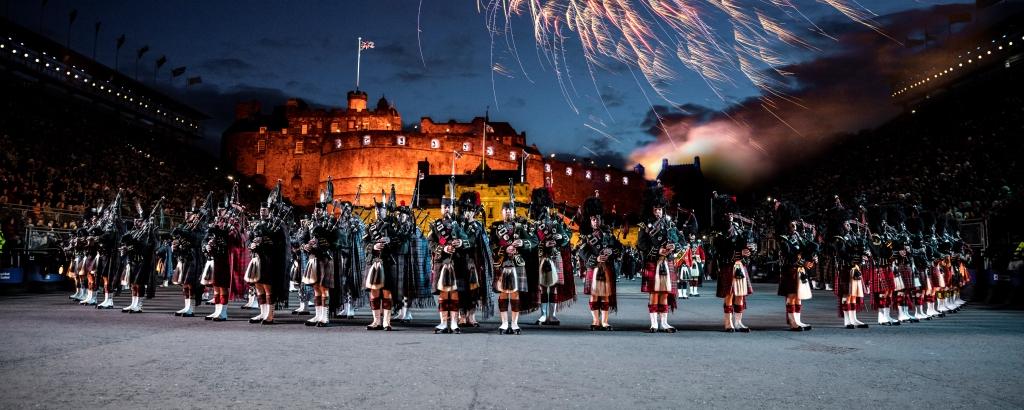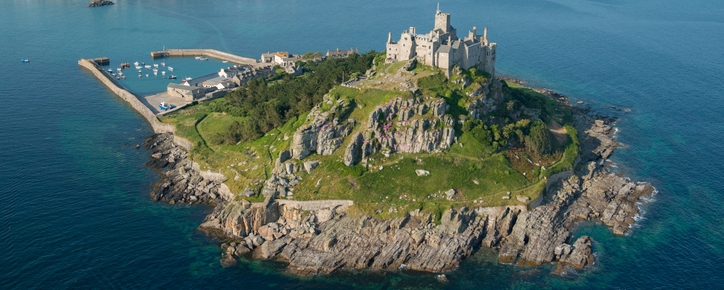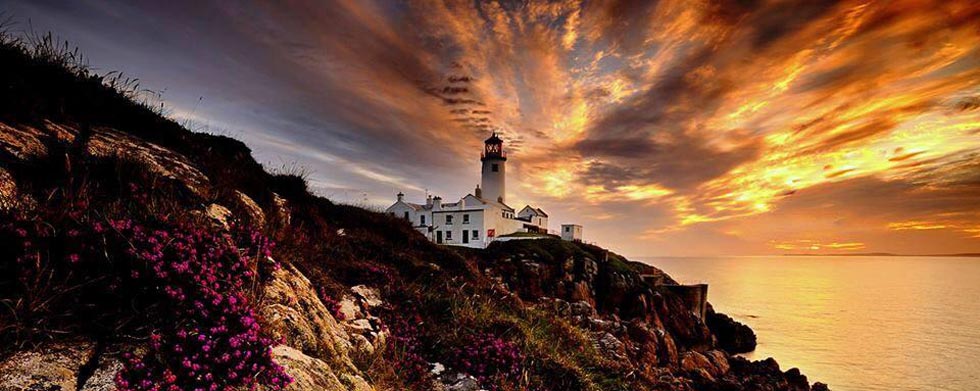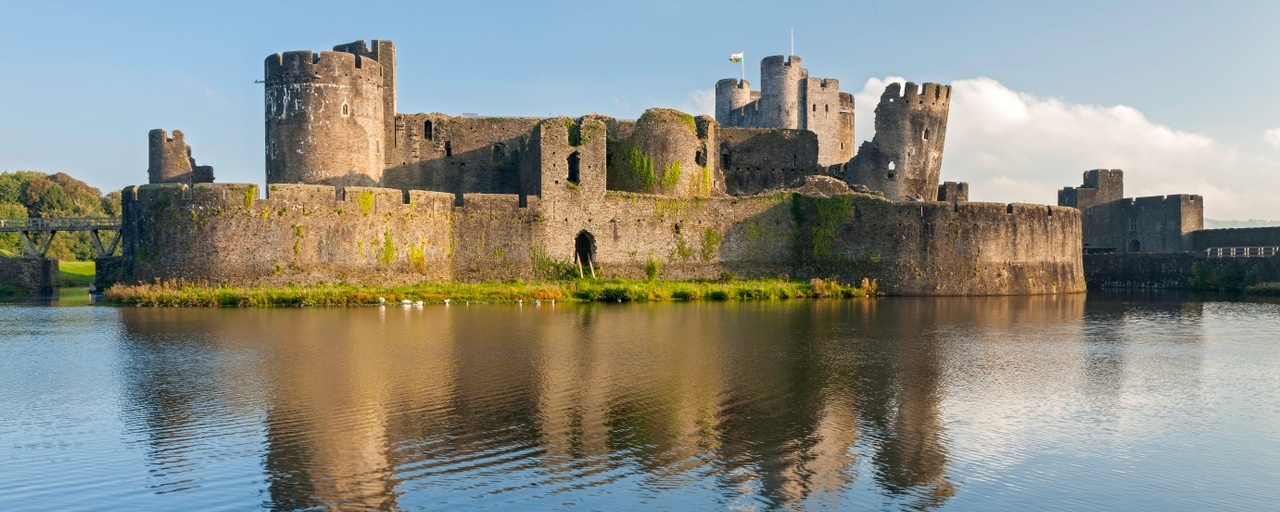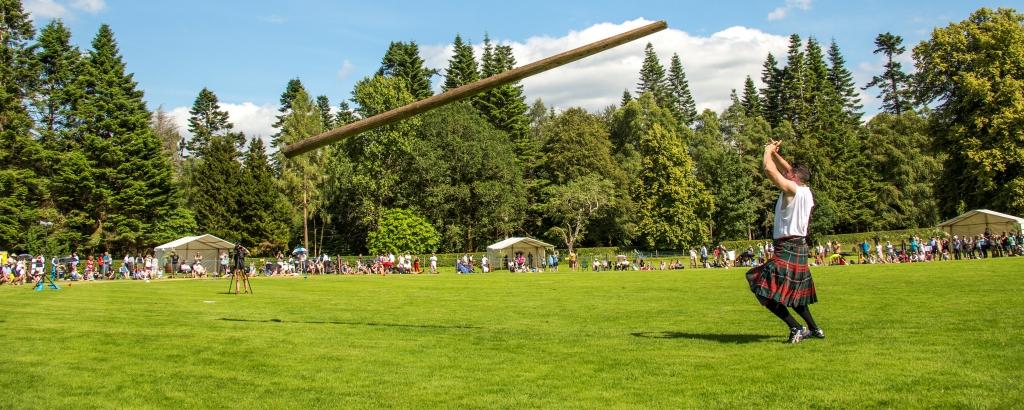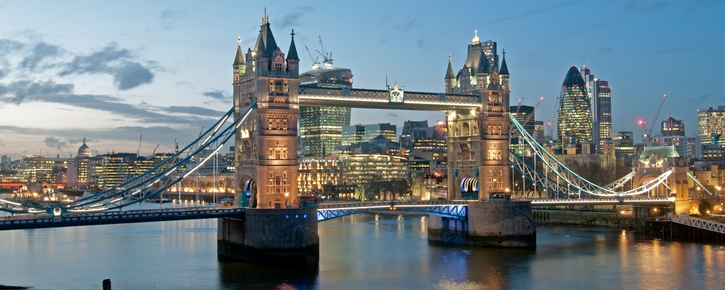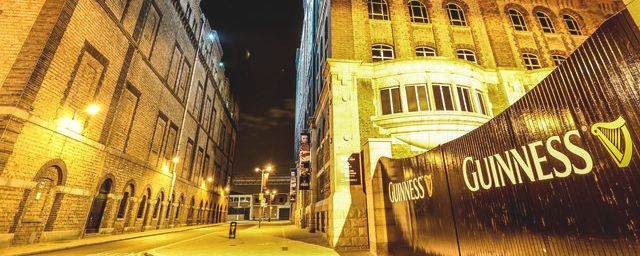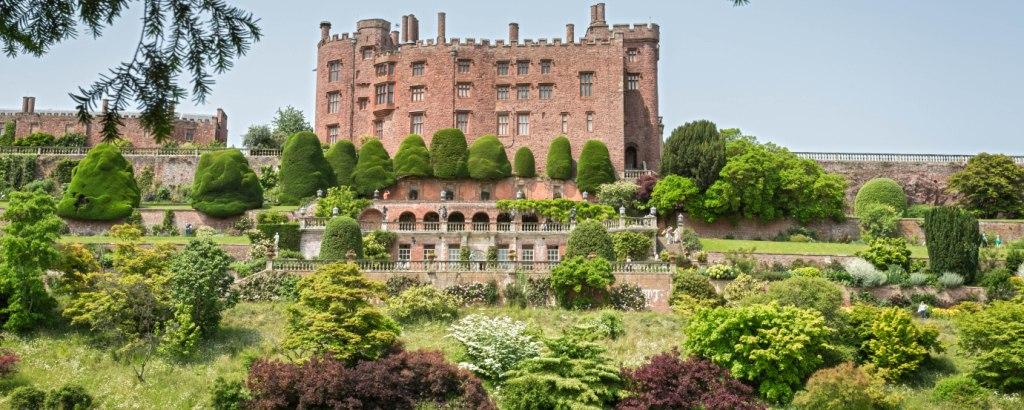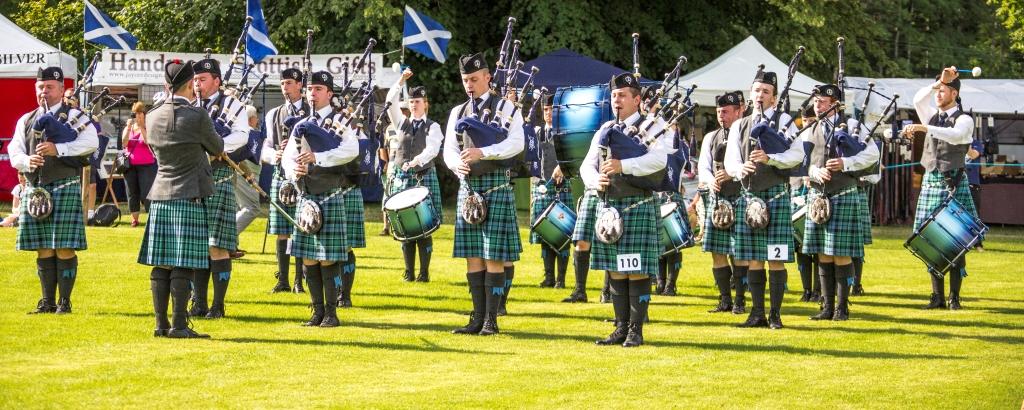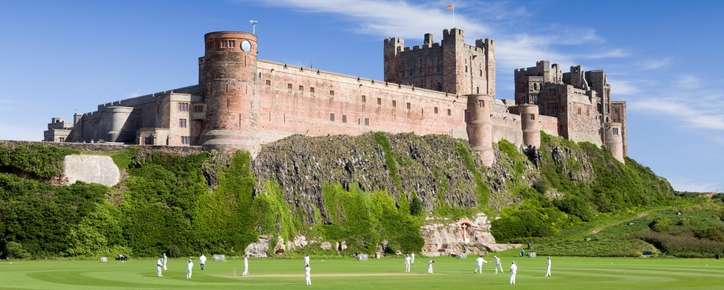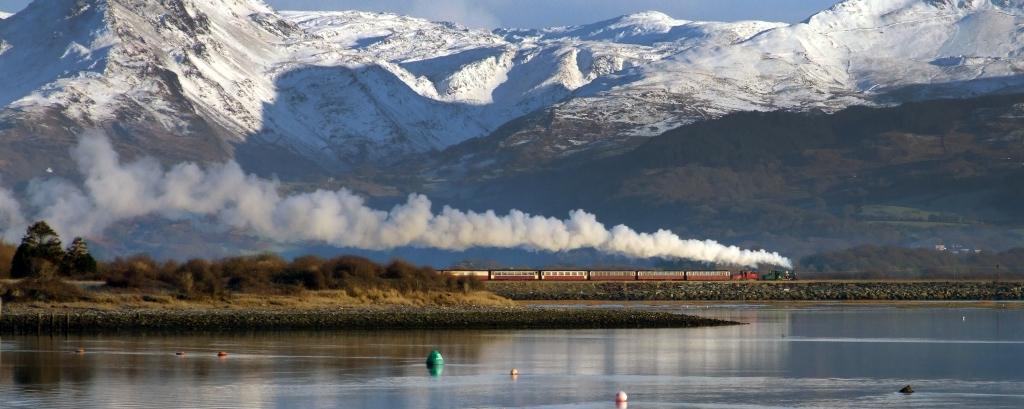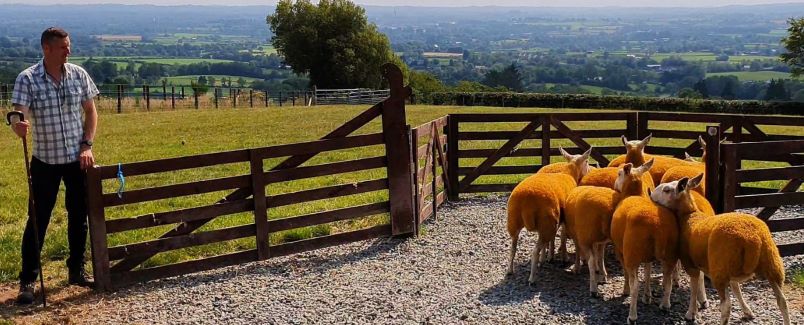Spring in the City
Embrace the joy of springtime in Europe’s greenest capital, says London resident and City of London guide Sarah Williams-Robbins.
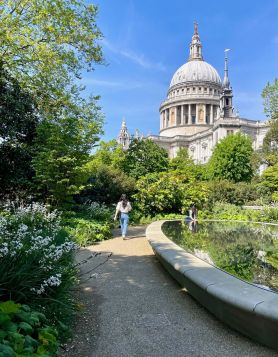 St Paul's Cathedral in May
St Paul's Cathedral in May
London offers something for everyone, from shopping to art galleries, restaurants, pubs, theatre and amazing architecture. A less obvious attraction to the uninitiated are its many beautiful green spaces.
Visitors flock to London in May for the world-renowned Chelsea Flower Show, held in the grounds of the Royal Hospital, a retirement home for military veterans. Organised by the prestigious Royal Horticultural Society (RHS), the Show is the first major event of the spring/summer season and tickets sell fast. But if you’re unable to secure a place, there are plenty of other beautiful gardens and open spaces to enjoy in England’s capital, for free.
London is in fact the greenest city in Europe. It has an astounding 3,000 green spaces; compared with only 480 in Paris. This wealth of verdant havens is an additional selling point to anyone considering a visit, particularly in the warmer months.
Royal origins
The story of London’s parks and gardens is intertwined with the history of the city as a whole. Originally founded by the Romans in the first century, London eventually expanded beyond its City walls. In medieval times, the church owned much of the land, in the form of vast monasteries and priories. Here, the monks and nuns would grow crops, fruit and herbs, many with medicinal properties.
In the 1530s, King Henry VIII sought a divorce from his Catholic wife Katherine of Aragon, to marry Anne Boleyn. But when he was refused by the Pope, he broke away from Rome and declared himself Supreme Head of the Anglican Church. The monasteries were ‘dissolved’ - broken up - and their lands claimed by the Crown, or handed over to other noblemen and friends of the King. Henry’s main passion was hunting, so much of this land became his personal hunting grounds. The area of Soho, in the West End, is named after a hunting cry.
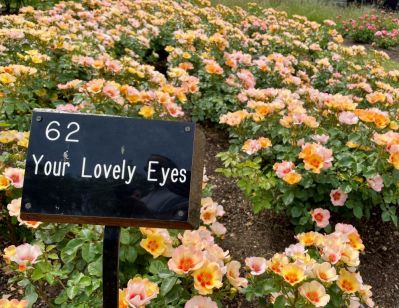 Regent's Park Rose Garden
Regent's Park Rose Garden
London’s Royal Parks are now open for us all to enjoy. On a beautiful spring day, I recommend a stroll through Regent’s Park, just north of the main shopping district. The park was originally created as part of grand vision by the architect John Nash, under the instruction of the Prince Regent, the future George IV. The park offers a mixture of avenues, formal gardens, sports fields and is home to London Zoo. If you are visiting in the summer, book tickets to the Regent’s Park Open Air Theatre. This offers the most magical experience of being cocooned by the trees - a stunning, natural backdrop to the action on stage.
Pioneers
Further north is Hampstead Heath - a vast swathe of green that offers commanding views of the city. It is thanks to a spirited social pioneer that this space was protected from urban development. In the mid 1800s, Octavia Hill was making a name for herself as a social reformer. The appropriately named Hill worked tirelessly to improve urban housing and to protect green spaces from the extensive development of the Victorian period. She understood the importance of access to nature for health and wellbeing, and talked of "the life-enhancing virtues of pure earth, clean air and blue sky."
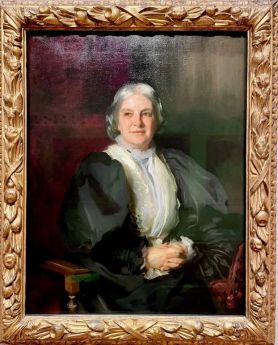 Portrait of green champion Octavia Hill in London’s National Portrait Gallery
Portrait of green champion Octavia Hill in London’s National Portrait Gallery
Thanks to Octavia Hill, Hampstead Heath and many of the UK’s green spaces and historic houses were saved for the benefit of future generations. She was one of the founders of the National Trust. Hampstead Heath is today owned and managed by the City of London Corporation, the governing body in charge of the financial and historic centre of London. In fact, there are a surprising number of beautiful, often hidden, gardens to discover here too.
Tranquil havens
Not far from the banks of the River Thames is the site of a former Roman baths, now home to a small vineyard (a nod to its Roman roots and links to the wine trade) and a pergola which, in May, strains under the weight of sweet-smelling wisteria. This small garden on Huggin Hill sits in the shadow of St Paul’s Cathedral. Following the devastating bombing of World War Two, this area was reduced to rubble, though St Paul’s was miraculously saved. An office worker named Joseph Brandis started bringing plants and bags of soil from his garden in Walthamstow and began planting into the crevices around the ruins. Over time, this evolved into an unofficial park and a popular spot for City workers.
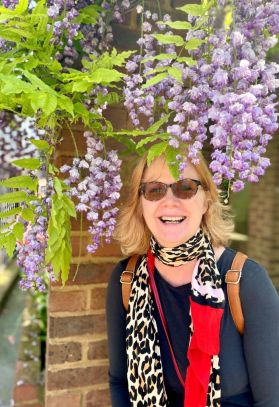 Celebrating the wisteria in the City’s Cleary Gardens
Celebrating the wisteria in the City’s Cleary Gardens
A member of the City’s Common Council, Fred Cleary, championed this and other open spaces created from the bombing, preventing them from further development. This site was eventually declared an official City of London garden and named Cleary Garden in honour of ‘Flowering Fred’ - as he was affectionately known.
Tucked behind the City’s Guildhall is the garden of St Mary Aldermanbury. Severely damaged in the Blitz, the remains of the church were bought by a US college and rebuilt in Fulton, Missouri. The garden is a tranquil haven, made all the more romantic by the statue of former City resident, the poet and playwright William Shakespeare. The memorial is not just to Shakespeare, but also to his friends Heminge and Condell, who had the foresight to gather the Bard’s extensive writings into a single collection after his death - which became the ‘First Folio’. This is the perfect setting to “compare thee to a summer’s day,” under the boughs of a beautiful beech tree.
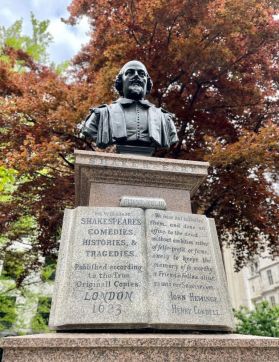 Memorial to Shakespeare and friends, St Mary Aldermanbury
Memorial to Shakespeare and friends, St Mary Aldermanbury
 Sarah Williams-Robbins is a communications consultant and City of London Guide. Follow her adventures on Instagram @meetmrslondoner.
Sarah Williams-Robbins is a communications consultant and City of London Guide. Follow her adventures on Instagram @meetmrslondoner.
All images copyright: Sarah Williams-Robbins/Mrs Londoner.
If you or your group would like to experience the delights of the city in spring, on a tailor made tour of London, England or the United Kingdom, please do contact our friendly team today.
